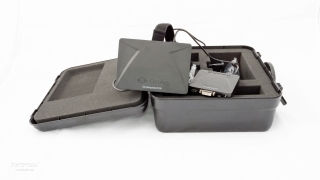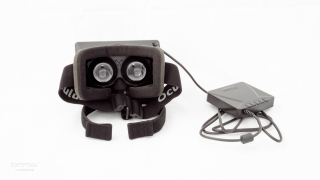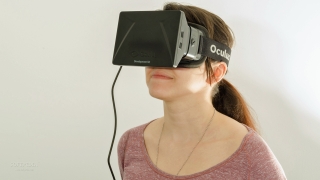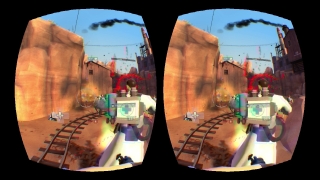Nowadays, virtual reality still seems like a silly concept from the cheesy sci-fi movies of the 1980s and 1990s, with clueless people wearing clunky things on their heads in order to experience "cyberspace."
Fortunately, companies are trying to change this perception and usher in a new way of experiencing interactive things, especially video games. Oculus is doing this through its special Oculus Rift VR headset.
After getting a hugely successful Kickstarter crowdfunding campaign, the company is further refining the device before it makes it available commercially for all the world to use.
Luckily, we here at Softpedia got our hands on an Oculus Rift VR development kit and decided to see if the head-mounted display heralds a revolution for the industry or if it'll go the same way as the Nintendo Virtual Boy, for example.
While I was quite interested in all the development of the Rift and of Oculus itself as a company, I didn't get to try the device at all before receiving this dev kit. As such, I was pretty much a VR novice, with my eyes never before gazing into the realm of virtual reality.
The hardware setup of the whole dev kit is relatively simple, as it includes the actual head-mounted display, but also a small control box that turns on the headset and has ports for power, USB connection to the PC, as well as a set of HDMI and DVI ports that need to be plugged into the graphics card of the main PC (which can run Windows, Mac, or Linux).
The display is a bit on the bulky size but, once you fasten the straps and spend some time with it, you'll get used to the whole device. The fact that it's permanently connected to the control box, however, makes using it a bit hard, as you need to pay attention to the cable.
The devkit also comes with three sets of interchangeable lenses, depending on how good your eyesight it. If you really need to use your glasses, you can opt to push the headset outwards in order to make room for your own pair.
Before you start using the Rift in games, you might also want to measure your IPD (Interpupillary distance), which can be done with a nifty little tool available on the Oculus website (free registration required). Once you complete that, the experience should be much less blurry, for example.
In terms of actually gaming with the Rift, you're in for a paradigm shift, as it completely changes the way you're used to playing games.
I tried it out so far with quite a few different experiences, from first-person shooters like Team Fortress 2, to on-rails titles like different roller coaster simulators, to driving mini-games or space exploration ones. I'll post my impressions about each of these different things in the future as part of the Oculus Rift Gamer Diary series.
While it may sound a tad cheesy, it's a bit hard going back to the non-VR versions of games after using the Rift. Being able to move your head around in Team Fortress 2 may sound like a useless thing, but actually doing it really puts you there in terms of the overall interactive experience.
I've been gaming for 15 years or more, going from pixelated games like Mario, to glorious ones like Battlefield 4, but the Rift and VR in general are probably going to change forever the way we game. There will certainly be room for regular experiences, but being inside a game and interacting with it in various ways is something that won't be matched anytime soon.
In terms of nausea, it really depends on what kind of person you are. If you get queasy during 3D movies, for example, then you're going to have a bad time with the Rift. Even some who are undisturbed by such things might get sick during prolonged sessions, so please exercise restraint and take a few breaks every now and then.
The consumer version of the Oculus Rift promises plenty of improvements over the more simple dev kit model, including a Full HD experience, as opposed to the current 1280x800 one, as well as improved motion tracking to detect other things besides rotating your head.
Given all these improvements and the rush of developers who are beginning to build games specifically designed with VR in mind, not just ported with support for such a thing, it means that the revolution is already happening and it's picking up a lot of speed.
Conclusion
Oculus Rift is the first successful step in the VR revolution. While the dev kit isn't the most impressive device out there, the experiences made for it more than make it worth the investment, and the future consumer invention should be purchased by anyone remotely interested in gaming.
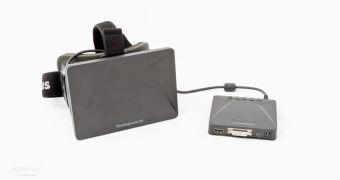
 14 DAY TRIAL //
14 DAY TRIAL // 